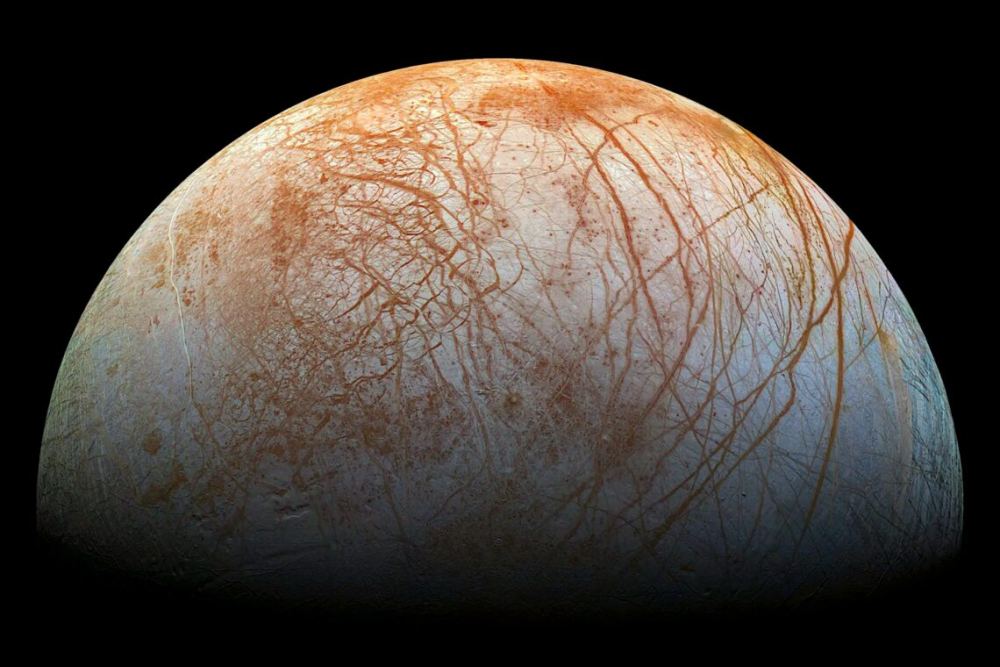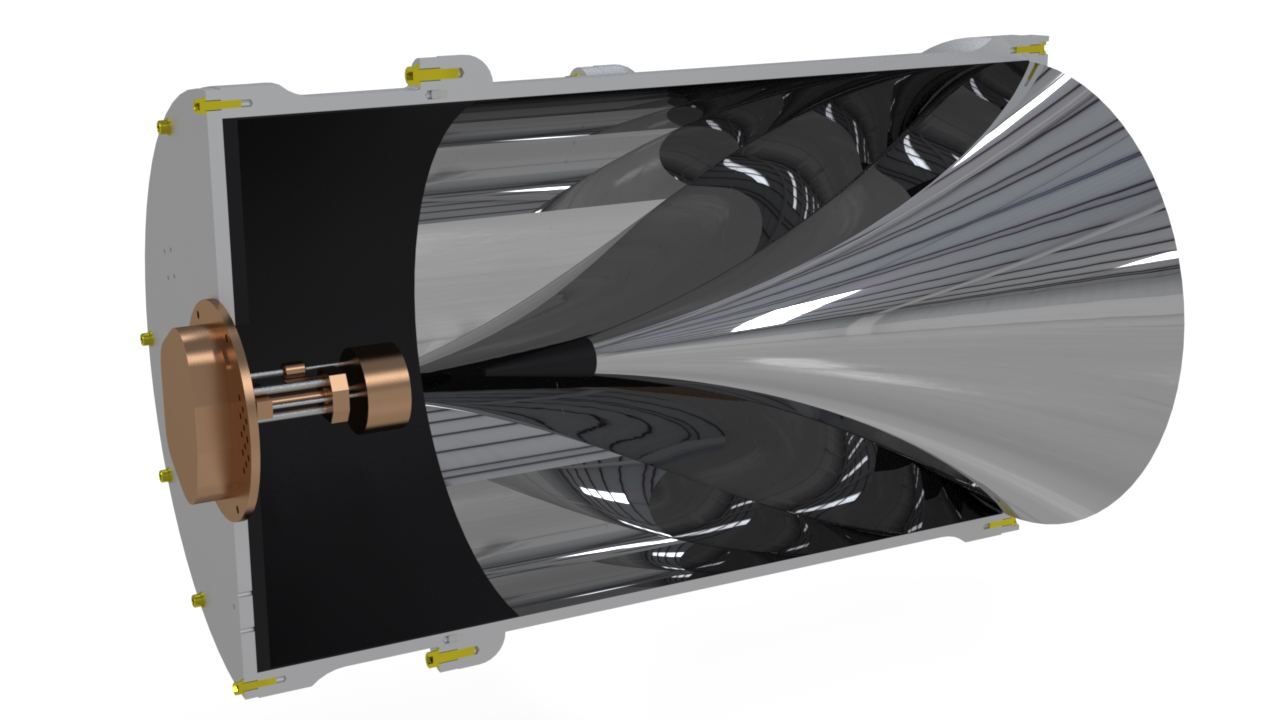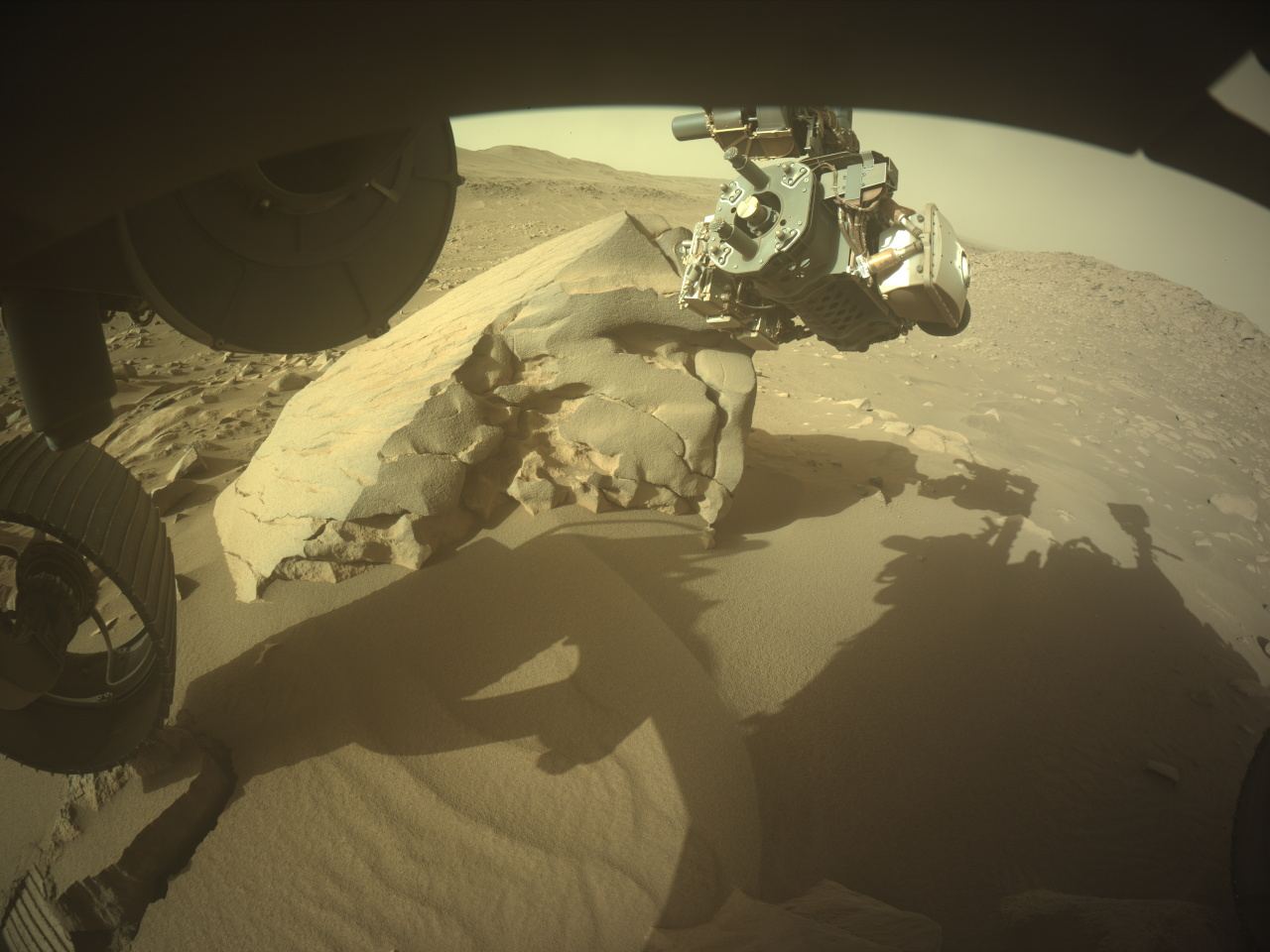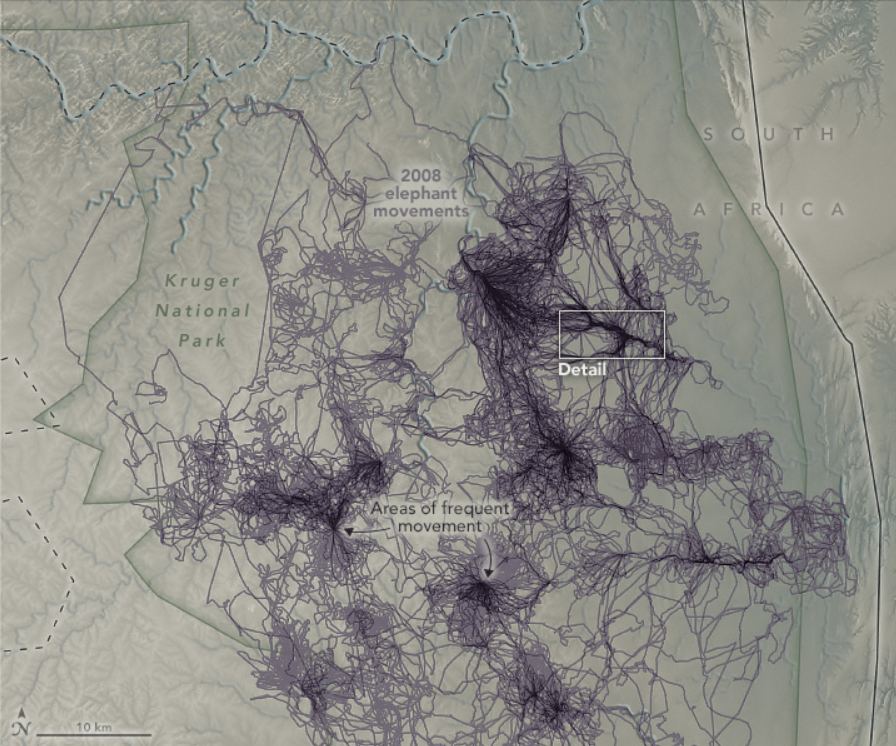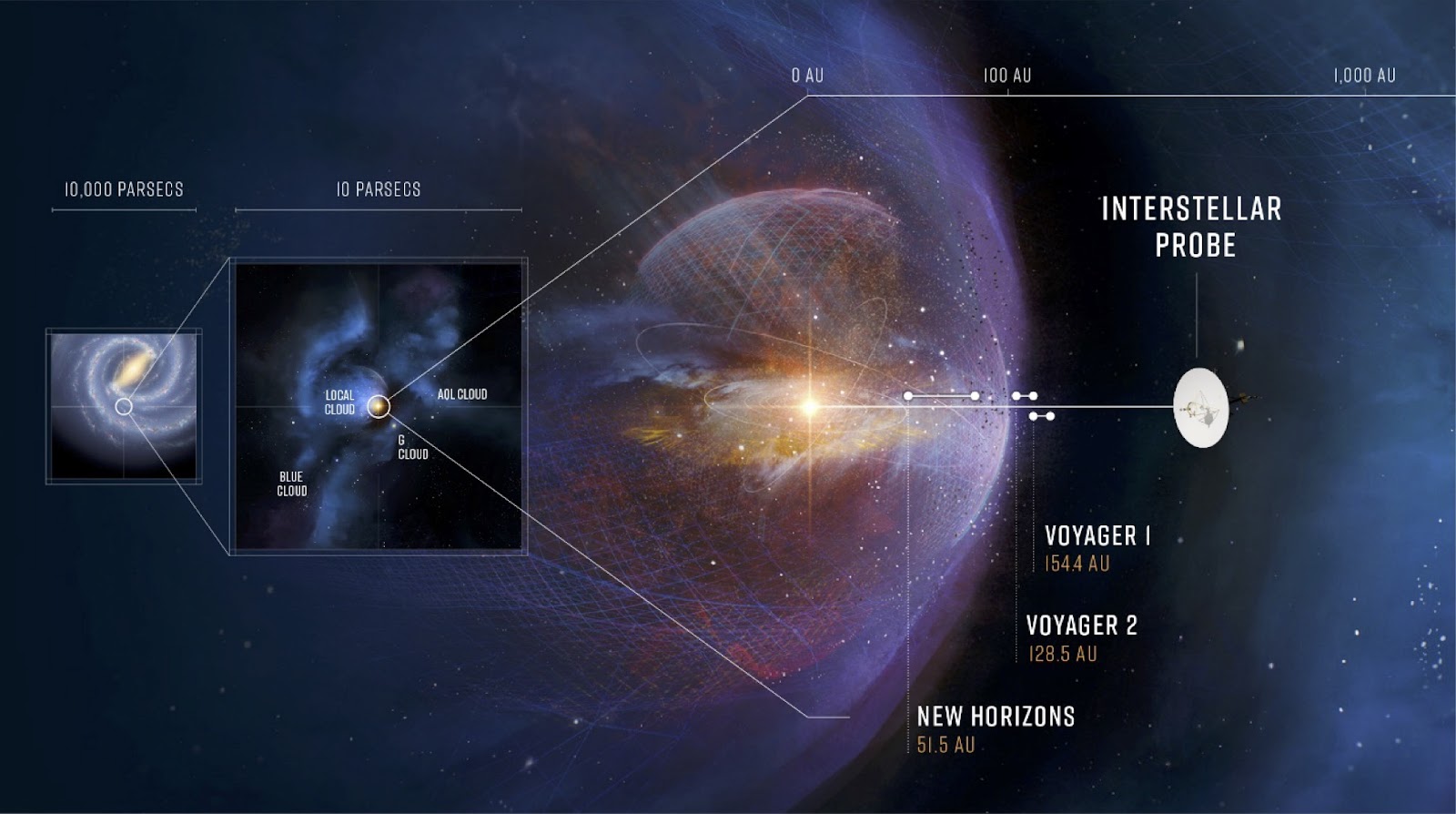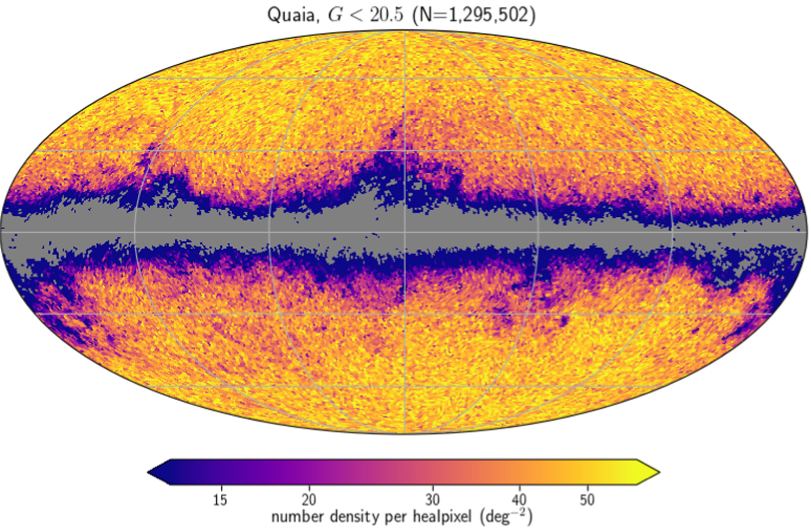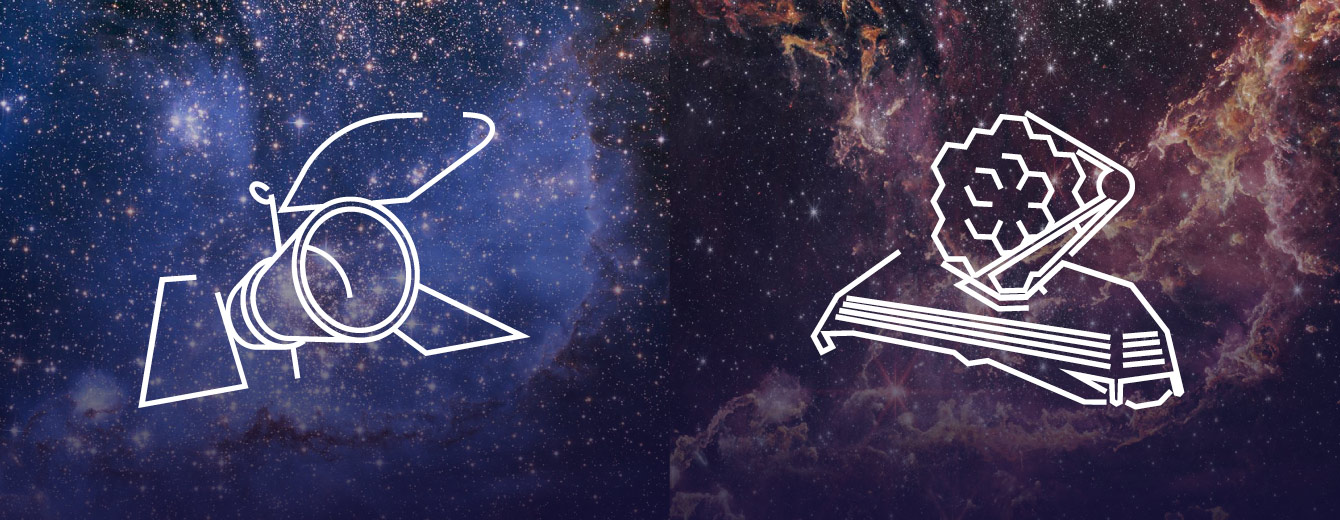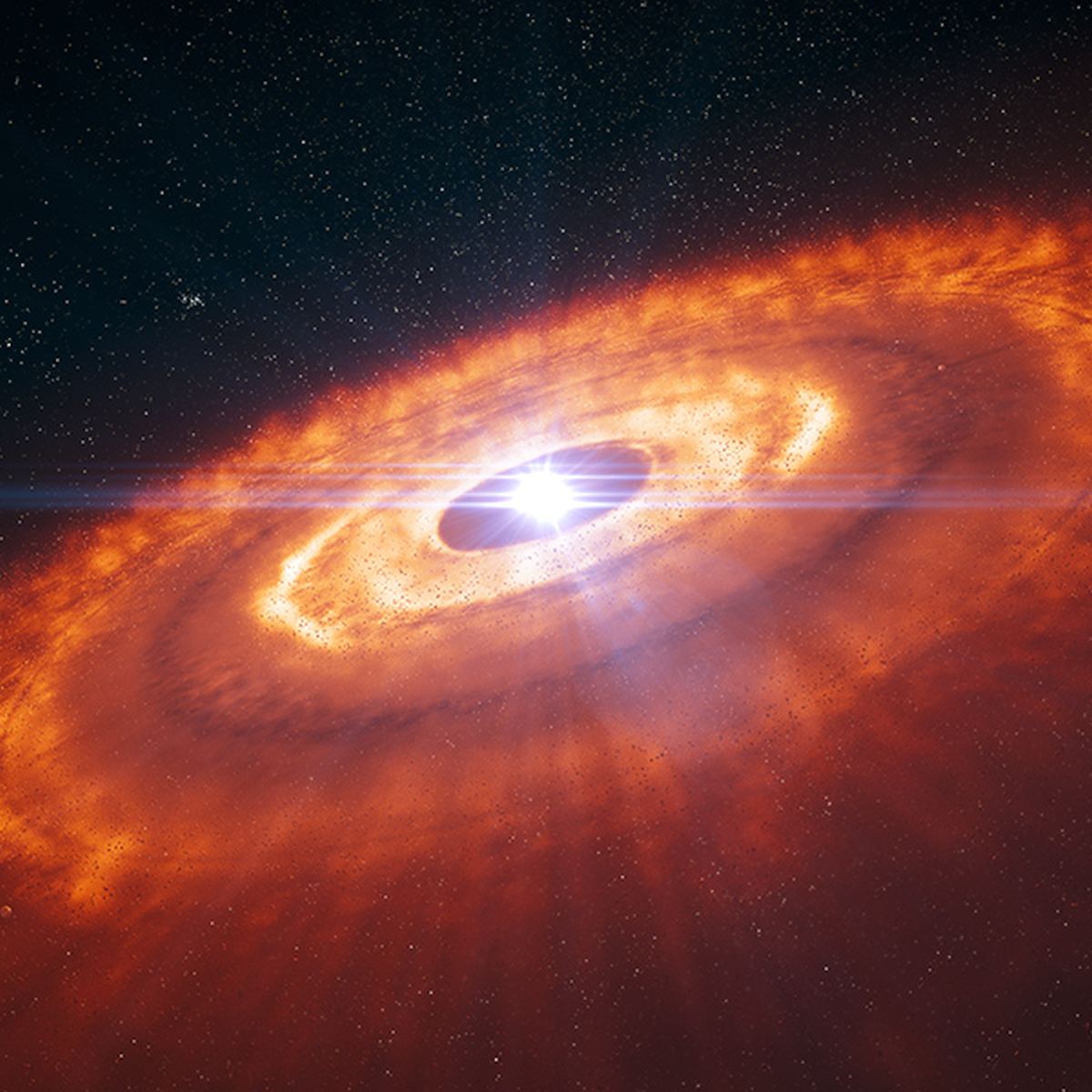As long as it has existed as a genre, there has been a notable relationship between science fiction and science fact. Since our awareness of the Universe and everything in it has changed with time, so have depictions and representations in popular culture. This includes everything from space exploration and extraterrestrial life to extraterrestrial environments. As scientists keep pushing the boundaries of what is known about the cosmos, their discoveries are being related to the public in film, television, print, and other media.
In the field of science communication, however, there is a certain hesitancy to use science fiction materials as an educational tool. In a recent paper that appeared in the Journal of Science Communication (JCOM), a team from the St Andrews Centre for Exoplanet Science and the Space Research Institute (IWF) of the Austrian Academy of Sciences focused on a specific area of scientific study – extrasolar planets. After analyzing a multimedia body of science fiction works produced since the first confirmed exoplanet discovery, they found that depictions have become more realistic over time.
Continue reading “Science Fiction is Learning About Exoplanets From Science”


